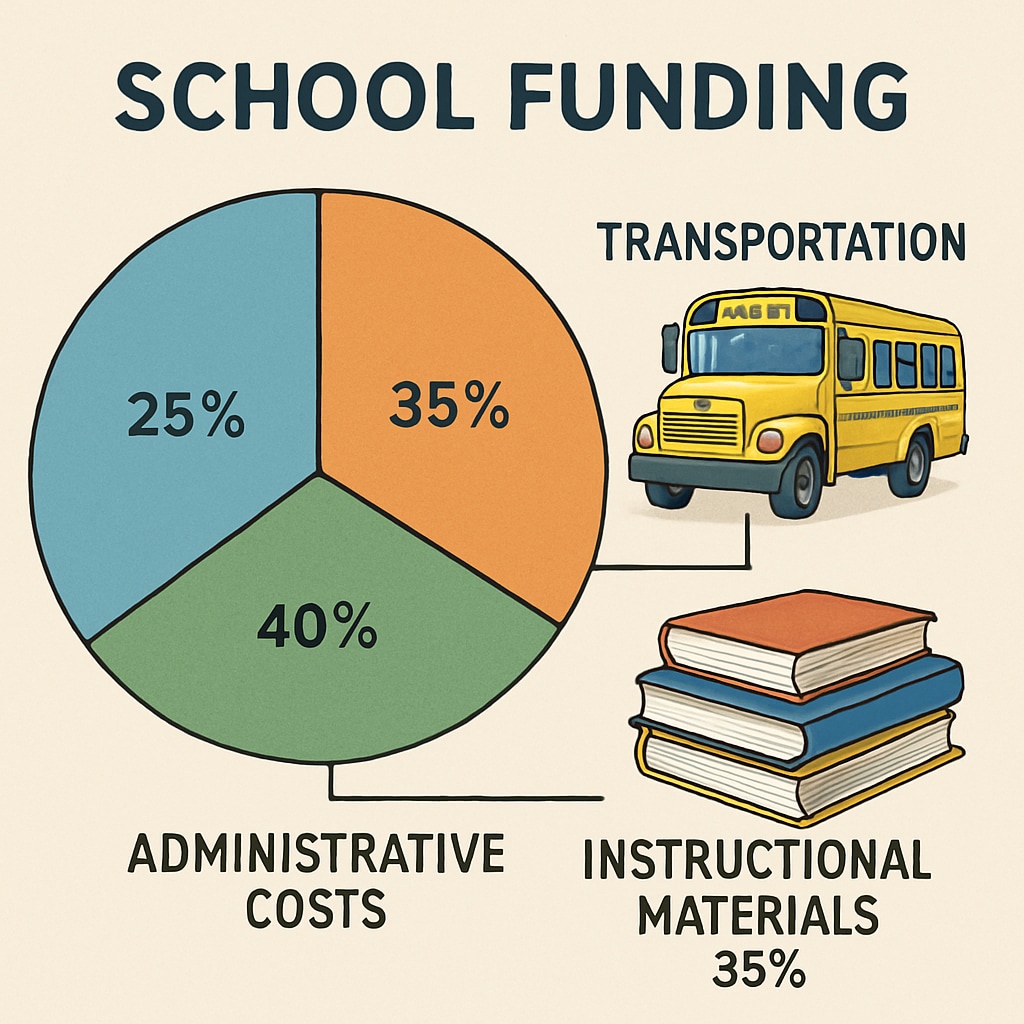School funding plays a critical role in shaping the educational experience of students. However, the use of funding to manipulate per-student spending metrics can introduce significant disparities in resource allocation. This article explores how certain budgetary adjustments, such as inflated transportation costs, can distort the perception of equitable spending and affect the overall quality of education. It underscores the necessity for transparent and accountable school budget management.

How Funding Influences Per-Student Spending Metrics
Per-student spending is often regarded as a key indicator of school quality and financial health. However, this metric can be misleading when districts allocate funds in ways that do not directly benefit students’ education. For example, a school may increase transportation service costs or administrative overhead, showing a higher expenditure per student without improving classroom resources. This practice can create a false sense of equity, masking deeper issues within the budget.
According to Britannica’s overview on school funding, transparent allocation is essential for ensuring resources reach students effectively. Misleading data can erode trust among stakeholders and hinder efforts to close achievement gaps.
The Impact of Inflated Costs on Education Resource Allocation
When transportation or other non-instructional costs are disproportionately increased, the funds meant for core educational resources—such as teacher salaries, classroom materials, and technology—may be diminished. As a result, schools with artificially inflated spending metrics may appear well-funded, while students face shortages in essential learning tools.
For example, research from Wikipedia’s education budgeting page highlights how misaligned priorities can exacerbate existing inequities among schools. Suburban districts with higher transportation budgets may mask underfunding in urban schools, where instructional needs are more acute.

Why Transparency in School Budgets Matters
Transparent budgeting ensures that funds are allocated to maximize student outcomes rather than artificially boosting metrics. Policymakers and education administrators should adopt practices such as:
- Auditing school expenditures to identify areas of inefficiency.
- Setting clear guidelines on fund allocation to prioritize instructional needs.
- Engaging community stakeholders in budget reviews to promote accountability.
By addressing these challenges, schools can focus on equitable distribution of resources, ensuring every student receives the support they need to succeed.
The Path Forward: Advocating for Accountability
As awareness grows around funding manipulation and its impact on per-student spending metrics, it is crucial to advocate for stronger oversight in school budgeting. Grassroots campaigns, policy reforms, and public engagement can drive this change, ensuring that all students benefit from transparent and fair resource allocation.
In conclusion, while per-student spending metrics are an important tool, their accuracy depends on ethical and transparent funding practices. By addressing the distortions caused by inflated costs, schools can pave the way for a more equitable educational system.
Readability guidance: Use short paragraphs and bullet points for clarity. Ensure a balance between technical discussion and accessible language. Incorporate relevant external links for credibility.


